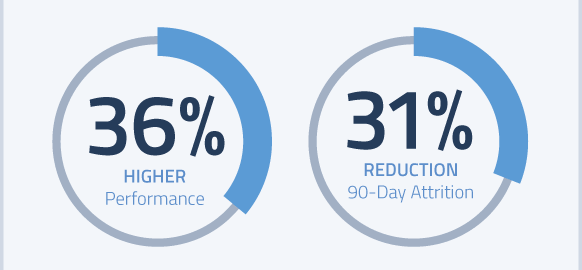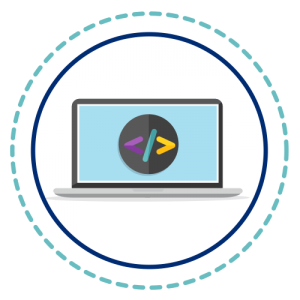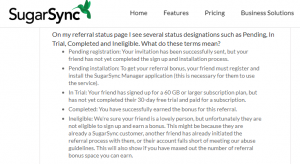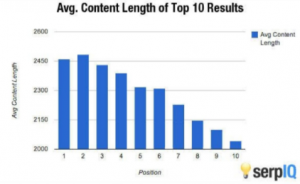
Automation has become a critical element of how we live, navigate, and manage our day-to-day lives. From the search results returned to us by Google to high-frequency stock trading to auto-tuning, algorithms do a pretty good job of compensating for our own limitations as humans, and there are few places this is more evident than in the world of hiring.
With overwhelming evidence that in-person interviews alone are inadequate to fully assess a candidate’s capability to perform well, many organizations have turned to enterprise talent solutions to gauge work-related potential in applicants. However, in order to reap the greatest benefits from these solutions, it is imperative for organizations to understand the most effective ways to use these powerful tools.
In our blog series, How to Transform Your Company’s Talent IQ, we’ll provide an overview of how companies can transition from the typical employment screening process that is detached from key performance indicators to a modern, fully integrated process that provides quasi-real time feedback via employee lifecycle analytics on the performance of the pre-hire process.
Incorporating Pre-Hire Assessments Into The Hiring Process
In the battle for top talent, the design of an organization’s hiring process greatly impacts its ability to reel in coveted candidates who possess the skills required to deliver superior service quickly, and the personalities needed to develop and foster customer satisfaction and loyalty.
Research shows when properly implemented and tracked, assessments not only streamline the hiring process, but that pre-hire assessments are also far better predictors of a candidate’s on-the-job success than in-person interviews. However, there is a right way to utilize assessments, and there is also a wrong way.
When implementing talent assessment tools, reputable assessment companies will begin the process by working with clients to:
- understand the hiring problems and pain
- design a solution that includes assessments and workflow process needs
- demonstrate that the assessment and recommendations are effective and working via the validation process
- implement the assessment
- produce results that are fair to all applicants, regardless of age, race, ethnicity, and gender
- monitor and improve the assessment year over year
When it comes time to implement the test itself, though, some assessment companies set the process in motion…then let it run on auto-pilot.
This is problematic.
After all, the economy, the company, and even the job description for a certain role can change, which is why such software should be maintained and tailored to the peaks and troughs of the job market and economic landscapes themselves.
Where Hiring Assessment Companies Get It Wrong
The beauty of the assessment process is once it is implemented, it is largely automated. The test or assessment is set in motion and can then be used to evaluate candidates to help hiring managers pinpoint the applicants with the motives, personality traits, and skills that fit best into the roles they are trying to fill.
However, where many assessment companies fall short is in the frequency with which they verify the assessments are identifying the right candidates. Allowing the pre-hire process to operate unchecked for too long can impede its ability to consistently peg the right candidates. The reality is even small changes in the job or environment – like the unemployment rate – can cause tectonic shifts in the talent pool, and assessment companies must be ready to take action when it does.
Operating under the assumption that the economic climate, social conditions, or business’s goals won’t change means that when they do, in fact, change, it is the company that will experience an impact to its bottom line, employee and customer retention, and quality of service.
For example, when the unemployment rate drops in a particular market like customer service, the ability for a company to find qualified individuals with skills and personal qualities that promote retention becomes more challenging, because the talent pool has decreased in size. Additionally, if the unemployment rate drops, a company may not be able to meet its hiring goals with an assessment calibrated to a market with a higher unemployment rate.
In other words, when any portion of the climate changes, the assessment’s recommendations needs to change with it in order to produce optimum results.
How Companies And Assessment Vendors Can Get It Right
Any enterprise talent selection solution is a living, breathing process and must always remain connected to performance indices in each job.
Take, for instance, the incorporation of sales duties to support roles in the telecommunications space. In order to create additional revenue streams, some organizations have opted to add sales duties to jobs that were created exclusively as customer support roles. As a consequence, the psychological profile for the new position changes since the qualities for high-performing CSRs and skilled sales representatives are not completely the same.
In cases like this, the hiring profile for the new job must be redesigned, and consultation and data analysis are the only ways to keep the solution effective.
So Where Does This Leave Your Company?
Talent is the lifeblood of the business. Hiring and retaining workers who can truly connect with customers means the difference between seeing delighted customers spread the word about your business’s quality of service, or bashing it in an online review.
It is crucial to ensure your organization is bringing the right individual into that job at any point in time. And if you want your talent process to be a strategic differentiator, you must build the right process up front with scientific methods, and align that approach with your business objectives.
Here’s how you can get your talent acquisition process off on the right foot and keep it running smoothly:
- Make sure business outcomes are always connected to the hiring profile.
- Continuously monitor the pre-hire processes performance against KPIs via employee lifecycle analytics.
- Maintain open lines of communication with talent acquisition specialists and leadership throughout the engagement.
This way, it is much easier to create and validate solutions that are in line with your company’s mission and goals.
The Impact Of A Well-Designed Hiring Process
When push comes to shove, the human element will always be an important part of creating superior customer service that entices customers to stick around as opposed to running to a competitor. In fact, some 85 percent of customers are willing to pay more for a superior customer experience, and when properly incorporated into the hiring strategy of an organization, the results of pre-hire assessments are evident in a variety of ways.

One organization FurstPerson worked within the telecommunications industry struggled to connect effectively with customers. With a combination of consultation and data science, a solution was designed to identify contact center candidates who were capable of navigating the technical aspects of the job while simultaneously being persuasive and creating an emotional bond with customers.
The results of the implementation of the solution demonstrated some major, consequential results. After the solution was put into place, the company experienced:
- 36% higher performance
- 31% reduction in 90-day attrition
- 25% better training scores
- 29% higher technical scores
- 8% higher quality scores
The impact of properly implementing assessments carries over to a myriad of important outcomes, including the amount of revenue driven by the candidates selected by such assessments. And when it comes to finding candidates who provide quality service, the strategic value of a well-designed hiring procedure begins with making sure there’s a constant connection between process and environment.
When your organization and an assessment vendor work in congruence with your company’s goals as well as the shifts in the economy and employment market, you are going to see dramatic business results.
Business & Finance Articles on Business 2 Community(86)
Report Post






